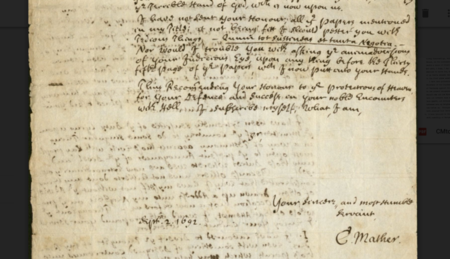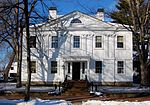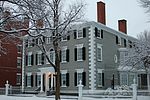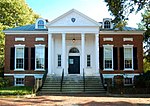The Salem witch trials were a series of hearings and prosecutions of people accused of witchcraft in colonial Massachusetts between February 1692 and May 1693. More than 200 people were accused. Thirty people were found guilty, nineteen of whom were executed by hanging (fourteen women and five men). One other man, Giles Corey, died under torture after refusing to enter a plea, and at least five people died in jail.Arrests were made in numerous towns beyond Salem and Salem Village (known today as Danvers), notably Andover and Topsfield. The grand juries and trials for this capital crime were conducted by a Court of Oyer and Terminer in 1692 and by a Superior Court of Judicature in 1693, both held in Salem Town, where the hangings also took place. It was the deadliest witch hunt in the history of colonial North America. Fourteen other women and two men were executed in Massachusetts and Connecticut during the 18th century.The episode is one of colonial America's most notorious cases of mass hysteria. It was not unique, but a colonial manifestation of the much broader phenomenon of witch trials in the early modern period, which took the lives of tens of thousands, mainly in Protestant Europe and the Americas. In America, Salem's events have been used in political rhetoric and popular literature as a vivid cautionary tale about the dangers of isolation, religious extremism, false accusations, and lapses in due process. Many historians consider the lasting effects of the trials to have been highly influential in the history of the United States. According to historian George Lincoln Burr, "the Salem witchcraft was the rock on which the theocracy shattered."At the 300th anniversary events in 1992 to commemorate the victims of the trials, a park was dedicated in Salem and a memorial in Danvers. In 1957, an act passed by the Massachusetts legislature absolved six people, while another one, passed in 2001, absolved five other victims. As of 2004, there was still talk about exonerating all of the victims, though some think that happened in the 18th century as the Massachusetts colonial legislature was asked to reverse the attainders of "George Burroughs and others". In January 2016, the University of Virginia announced its Gallows Hill Project team had determined the execution site in Salem, where the 19 "witches" had been hanged. The city dedicated the Proctor's Ledge Memorial to the victims there in 2017.










